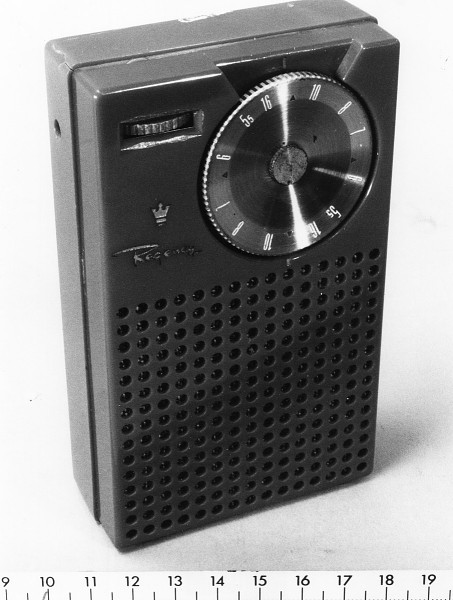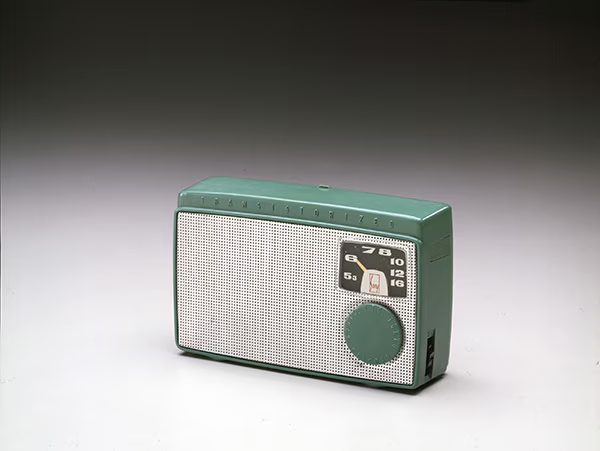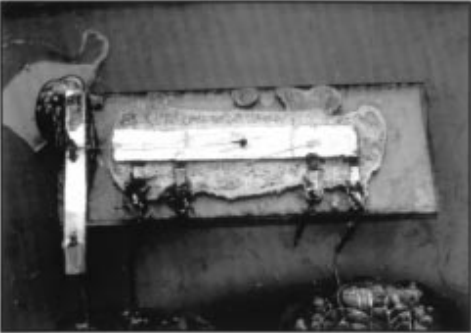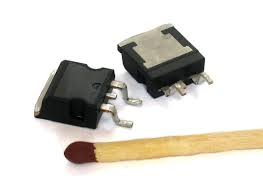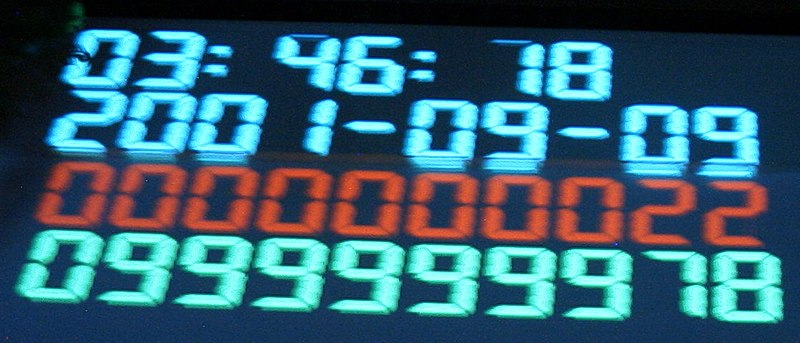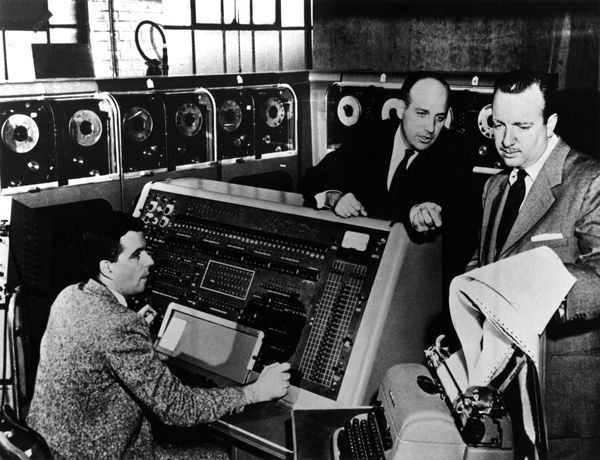
Commercialization
Soon enough, transistors were ready to be sold to the public. During the 1950s, where production of commercially used transistors are most prevalent, Bell Labs license the technology of the transistor to other companies, including General Electric, Raytheon, RCA, and Transistron Electrics (Riordan). These transistors were used in making lightweight electronic devices such as hearing aids and portable radios.
Transistors also replaced vacuum tubes in computers manufactured by companies including IBM, Control Data, and other companies. In a radio interview with Bell Labs scientists, circuit engineer Robert Wallace say, “This means you can pack a large number of them in a small space without excessive heat generation and achieve low propagation delays. And that’s what you need for logic applications. The significance of the transistor is not that it can replace the tube but that it can do things the vacuum tube could never do”! After 1955, IBM began purchasing germanium transistors from Texas Instruments in masses, and by the end of the 1950s bipolar junction have almost completely replaced vacuum tubes in the industry (Riordan).
